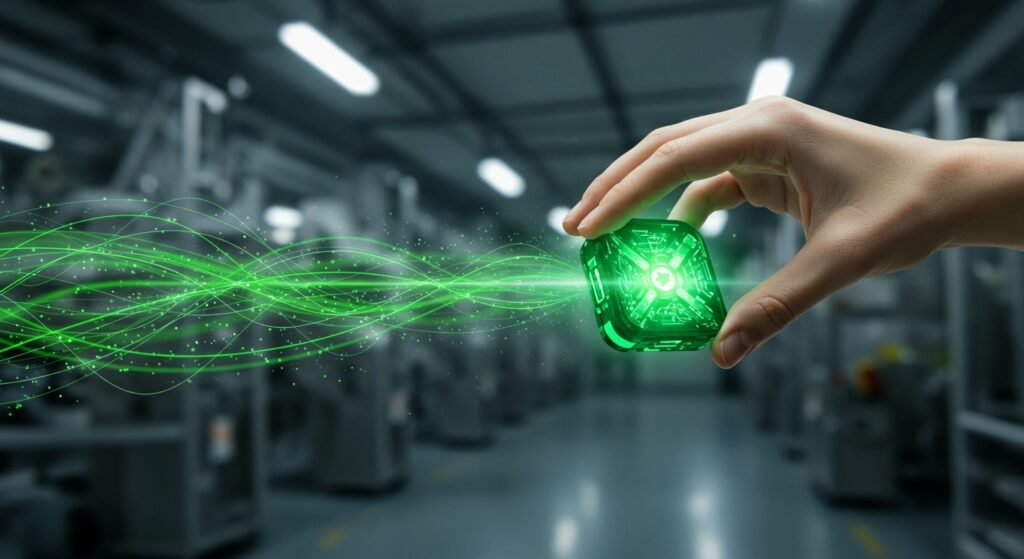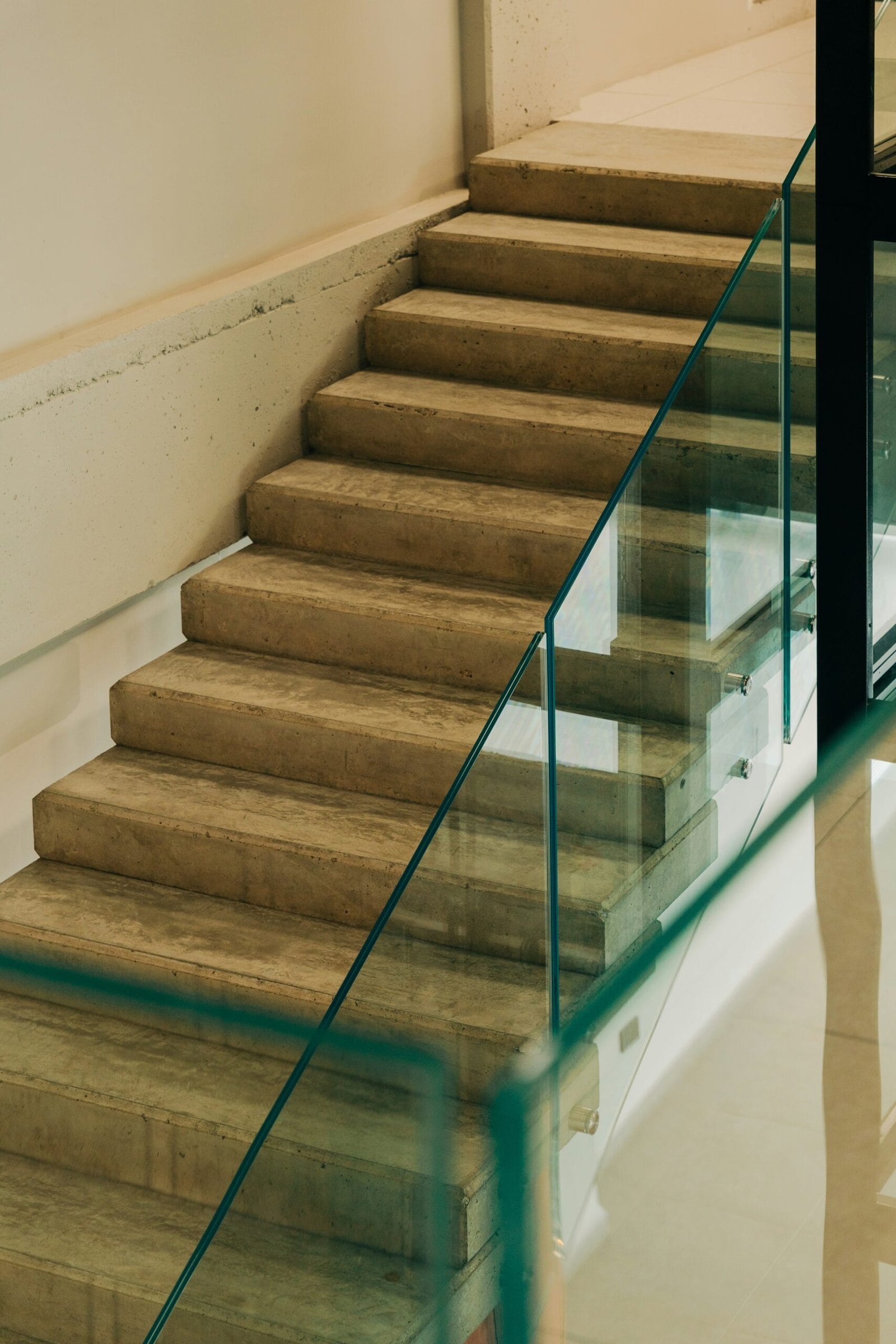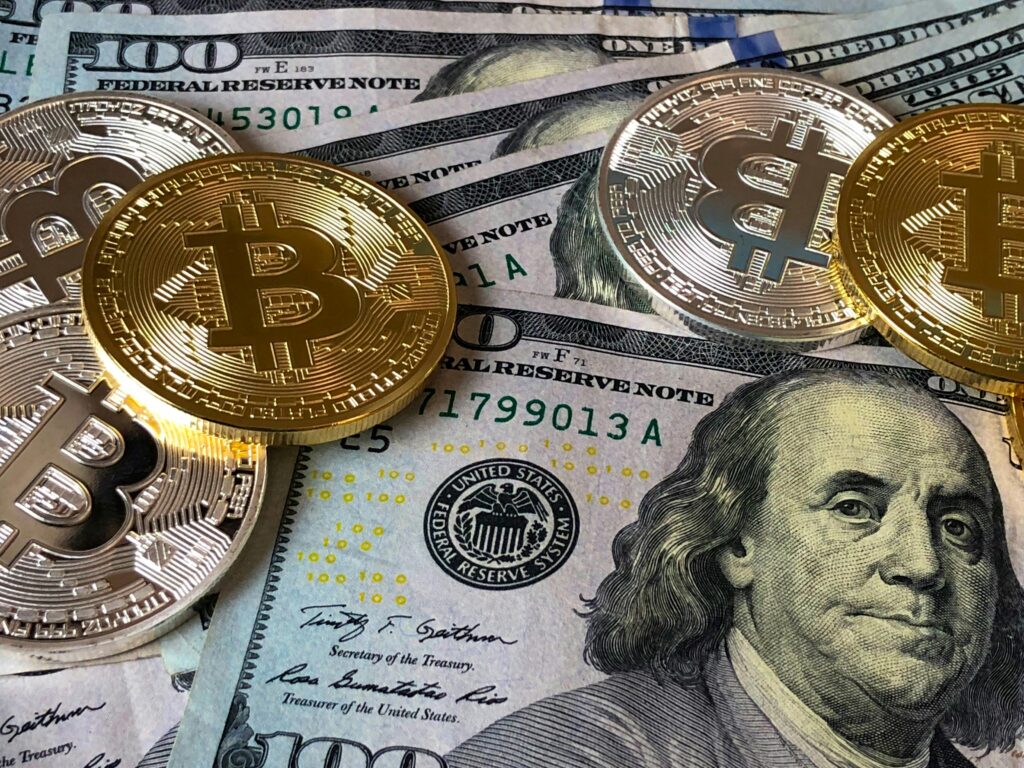Sustainability in Industrial Design: A Revolutionary Path to a Greener Future
In an era defined by increasing environmental consciousness, the concept of Sustainability in Industrial Design has transcended from a niche concern to a fundamental imperative. As industries worldwide grapple with the dual challenges of resource depletion and climate change, the role of designers in shaping a more sustainable future has never been more critical. This comprehensive guide explores the principles, challenges, and transformative potential of integrating sustainability into every facet of industrial design, offering insights into how innovative thinking can lead to products that are not only aesthetically pleasing and functional but also environmentally responsible.
Table of Contents
- The Imperative of Sustainability in Industrial Design
- Key Principles of Sustainable Industrial Design
- Implementing Sustainable Practices: Challenges and Solutions
- The Future of Industrial Design
The Imperative of Sustainability in Industrial Design
The urgency for integrating Sustainability in Industrial Design stems from a recognition of the profound impact that product creation has on our planet. From raw material extraction to manufacturing, distribution, use, and end-of-life disposal, every stage of a product’s lifecycle consumes resources and generates waste. Traditional design approaches often prioritize aesthetics, functionality, and cost-efficiency without adequately considering the environmental footprint.
Environmental Impact of Traditional Design
Historically, industrial design has inadvertently contributed to significant environmental degradation. This includes reliance on non-renewable resources, high energy consumption during production, generation of toxic byproducts, and the creation of products with short lifespans that quickly become landfill waste. The ‘take-make-dispose’ linear economy model is no longer viable in a world facing finite resources and escalating pollution.
The Business Case for Green Design
Beyond ethical considerations, there’s a compelling business case for sustainable design. Companies embracing eco-friendly practices often benefit from reduced material and energy costs, enhanced brand reputation, increased consumer loyalty (especially among environmentally conscious buyers), and compliance with evolving environmental regulations. Innovation driven by sustainability can also open new market opportunities and foster stronger supply chain relationships.
Key Principles of Sustainable Industrial Design
Adopting sustainable industrial design principles involves a holistic re-evaluation of the entire product development process. It’s about designing products that are not just better for the planet, but also perform better and provide long-term value.
Lifecycle Thinking
A cornerstone of sustainable design is lifecycle thinking, which involves assessing the environmental impacts of a product from ‘cradle to grave’ (or ‘cradle to cradle’ in a circular economy). This includes evaluating raw material sourcing, manufacturing processes, packaging, transportation, consumer use, and end-of-life options like recycling, reuse, or composting. Understanding these stages allows designers to pinpoint areas for improvement.
Material Selection
Choosing the right materials is crucial. Sustainable materials are often renewable, recycled, recyclable, non-toxic, and require less energy to produce. This involves exploring alternatives to virgin plastics, like bioplastics or recycled content, and prioritizing materials that can be easily disassembled and reintegrated into new product cycles without degradation. Suppliers adhering to ethical sourcing practices are also preferred.
Design for Disassembly and Recyclability
Designing products that can be easily taken apart at the end of their life greatly facilitates recycling and reuse. This means minimizing glues and permanent fasteners, using standard components, and clearly labeling material types. The goal is to maximize the recovery of valuable materials and components, reducing waste sent to landfills and conserving virgin resources. This approach is key to the emerging circular economy model. For more insights on this topic, refer to our article on The Benefits of a Circular Economy.
Implementing Sustainable Practices: Challenges and Solutions
While the benefits of sustainable industrial design are clear, implementation can present challenges. These include initial higher costs for new materials or processes, lack of established recycling infrastructure, and a need for greater consumer awareness and participation. However, innovative solutions are constantly emerging. Collaboration across the supply chain, investment in research and development for new sustainable technologies, and robust government policies can accelerate the transition.
Comparative Aspects: Sustainable vs. Traditional Design
| Aspect | Traditional Design | Sustainable Design |
|---|---|---|
| Material Sourcing | Virgin, often non-renewable | Recycled, renewable, non-toxic |
| Energy Consumption | High, fossil fuel-dependent | Lower, renewable energy focus |
| Product Lifespan | Planned obsolescence, short-term | Durability, modularity, long-term |
| End-of-Life | Landfill, incineration | Recycle, reuse, compost, upcycle |
| Environmental Impact | High carbon footprint, waste | Reduced footprint, closed-loop systems |
Furthermore, designers can leverage tools like Life Cycle Assessment (LCA) software to analyze environmental impacts rigorously. Education and training are also vital for designers to understand these new paradigms. For external resources and best practices in sustainable design, visit the Ellen MacArthur Foundation, a leading organization promoting the circular economy.
The Future of Industrial Design
The future of industrial design is undeniably green. Emerging trends like bio-fabrication, advanced recycling technologies, 3D printing with sustainable materials, and hyper-personalized products designed for longevity will continue to push the boundaries. Digital twins and AI-driven optimization will further enhance designers’ ability to create truly sustainable products. The focus will shift from simply creating new products to designing entire systems that minimize waste and maximize resource efficiency, making industrial engineering a key player in this transition.
In conclusion, Sustainability in Industrial Design is not just an optional add-on but a transformative approach that redefines the essence of product creation. By embracing lifecycle thinking, prioritizing sustainable materials, and designing for circularity, industrial designers are poised to lead the charge towards a more resilient and environmentally conscious future. This evolution benefits not only the planet but also drives innovation, enhances brand value, and ensures long-term economic viability.


